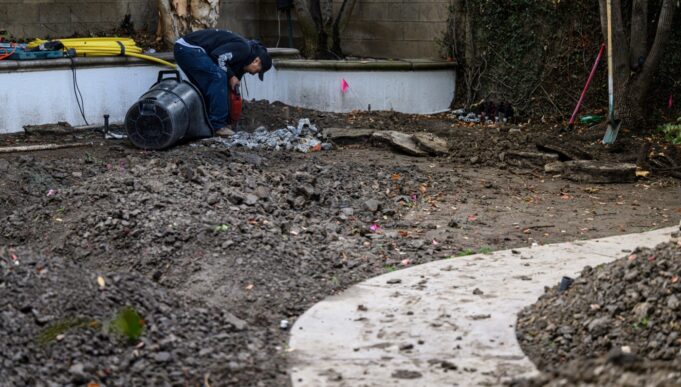Written by Kelly G. Richardson
California has experienced many drought periods, but in January 2014 the drought situation became sufficiently severe that then-Gov. Jerry Brown declared a state of drought emergency.
Soon thereafter, several laws were added to the Davis-Stirling Act, Civil Code Sections 4735 and 4736.
Civil Code Section 4735 does not allow governing documents to directly or indirectly prohibit low water-using plants or artificial turf. During a time of declared drought emergency, under subpart “c” of that statute, the HOA cannot penalize homeowners for letting their yards “go brown.”
Section 4736 bars HOAs from requiring pressure washing the exterior of homes during a declared drought emergency.
In April 2017, when that drought eased, Brown terminated the declaration of drought emergency, also ending the application of Sections 4735(c) and 4736… at least for a while.
However, Civil Code Section 4735(a) and (b) continued to be in force as they were not temporary.
Homeowners have since 2015 had the right to install xeriscapes or artificial turf. That right is not unlimited – the HOA may still set reasonable standards of appearance and maintenance and may ban plants that could create a nuisance for neighbors. Artificial turf must be kept clean, must resemble grass (sorry, you can’t honor your local sports team’s colors with your artificial lawn), and must be maintained.
On October 19, 2021, Gov. Gavin Newsom declared a new state of drought emergency, consequently reviving Sections 4735(c) and 4736. Most HOAs may have missed this fact, given the Covid-19 health emergency and other challenges. So, since Oct. 19, 2021, HOA members, if they choose to cut back on watering their yards, may let the yard landscape die, and pressure-washing again cannot be compelled.
Homeowners: If you suspend watering your yard in your HOA, be a responsible AND good neighbor – keep your yard clean and neat if it’s dry.
This is a very good time for associations to re-evaluate their landscaping to determine if long-term savings can be had through cutting back on lawn areas, upgrading the sophistication of irrigation systems, and finding other ways of reducing water usage.
Condominium associations sometimes are established without individual water meters, with the HOA paying the water bill. This can be a recipe for water waste, since individual residents may not be as concerned about a sink or toilet left running – they aren’t (directly) paying the bill.
If the installation of separate water meters is possible and feasible, it may be a great long-term step to get each residence separately metered.
If separate metering is not possible, perhaps sub-metering is available. If there is a single water intake pipe to a single residence, the flow of that water can be measured electronically with a sub-meter. There are companies that install, maintain, and monitor submeters, thereby allowing HOAs to bill their members for their water usage.
This might require an amendment to the governing documents, to create the right of the HOA to bill members for their water usage. Submetering allows a water-wasting homeowner to be held financially accountable for their excessive usage of water.
Nobody can guarantee how long the current drought crisis will last, but one thing is certain – it is here now, and California HOAs should step up their game and step down their water usage.
Kelly G. Richardson, Esq. is a Fellow of the College of Community Association Lawyers and Partner of Richardson Ober DeNichilo LLP, a California law firm known for community association advice. Submit questions to Kelly@rodllp.com.
Source: OC Register











